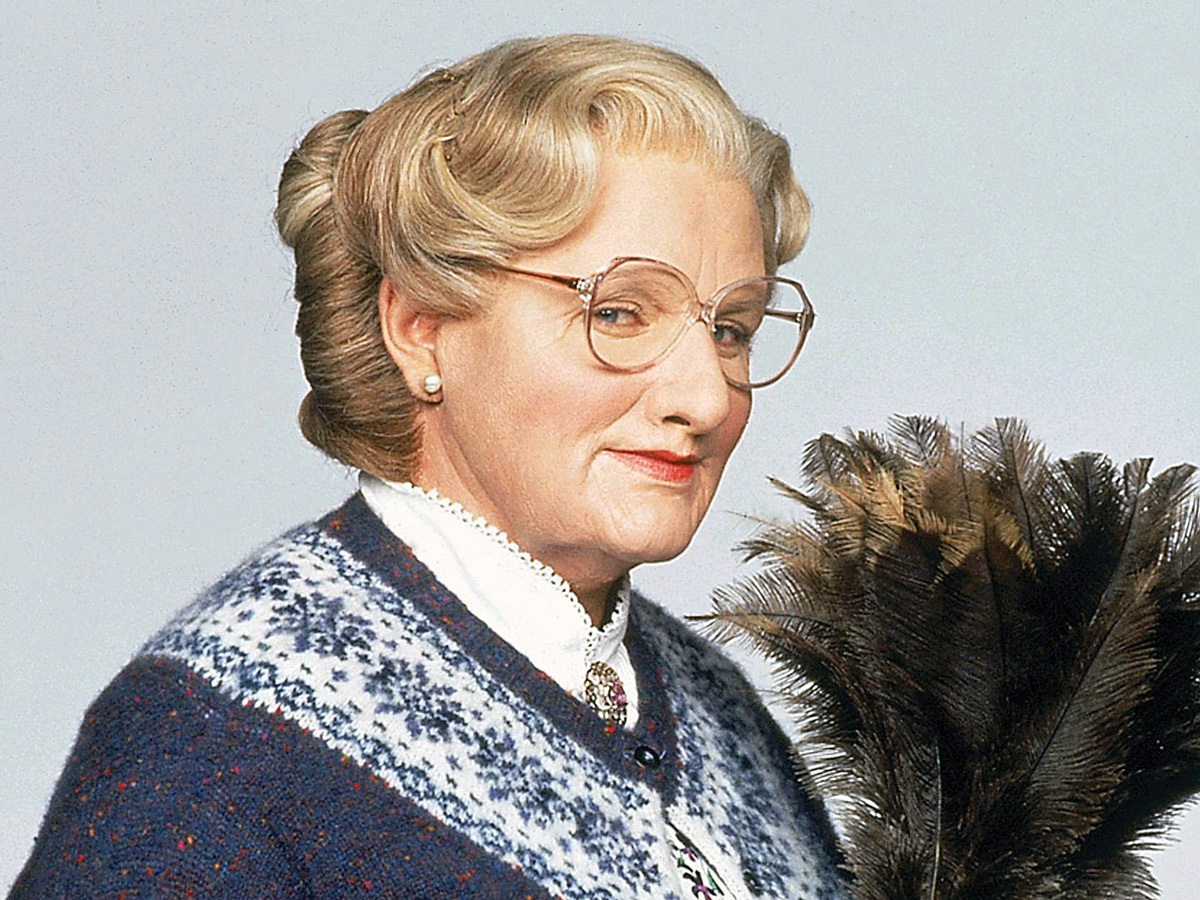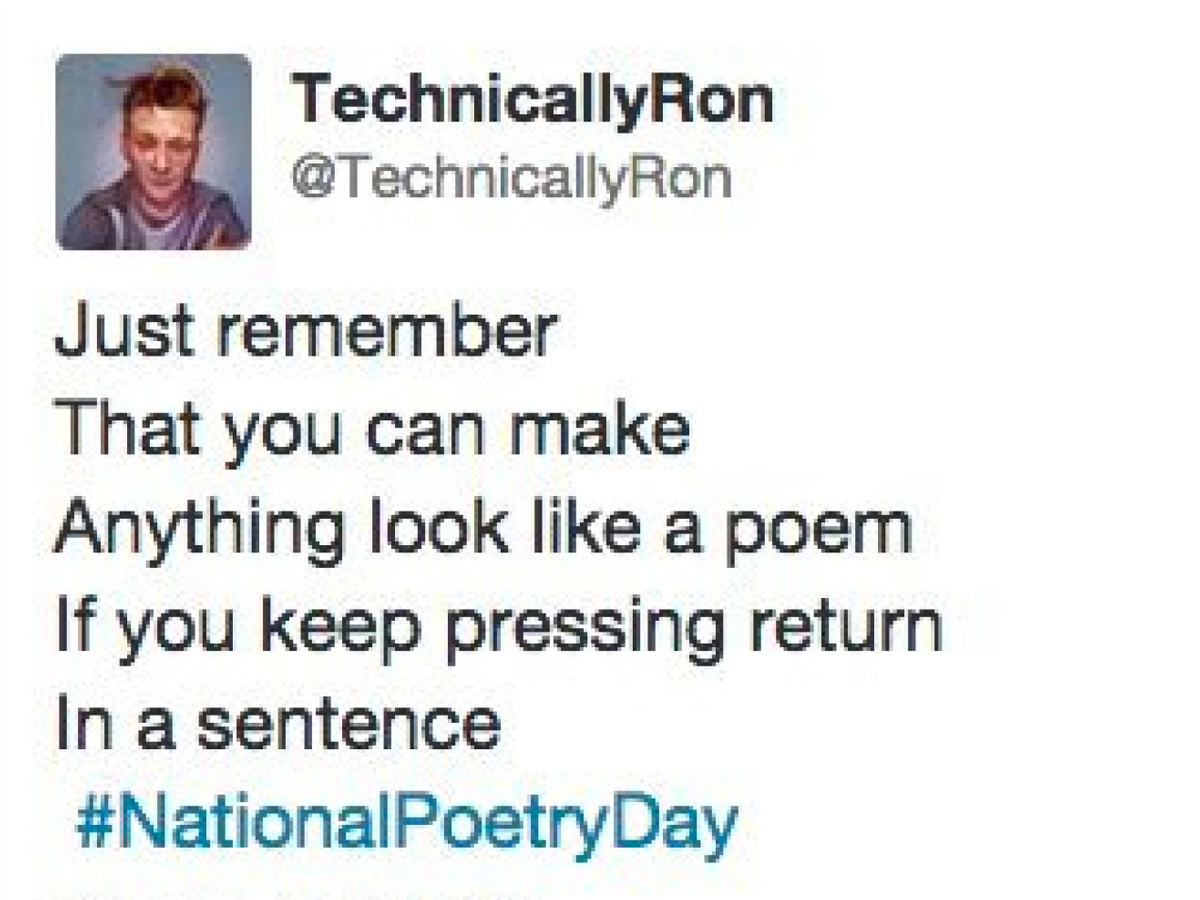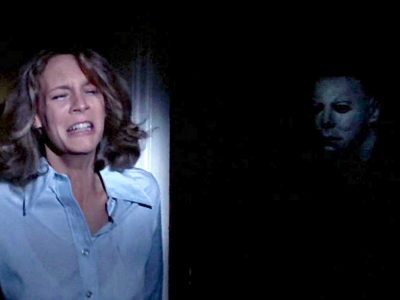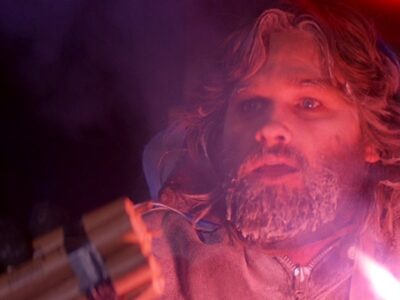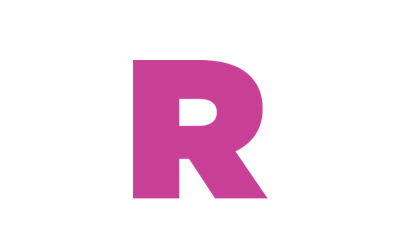The Good, The Bad and the ugly animation: Robert Zemeckis’ Career So Far
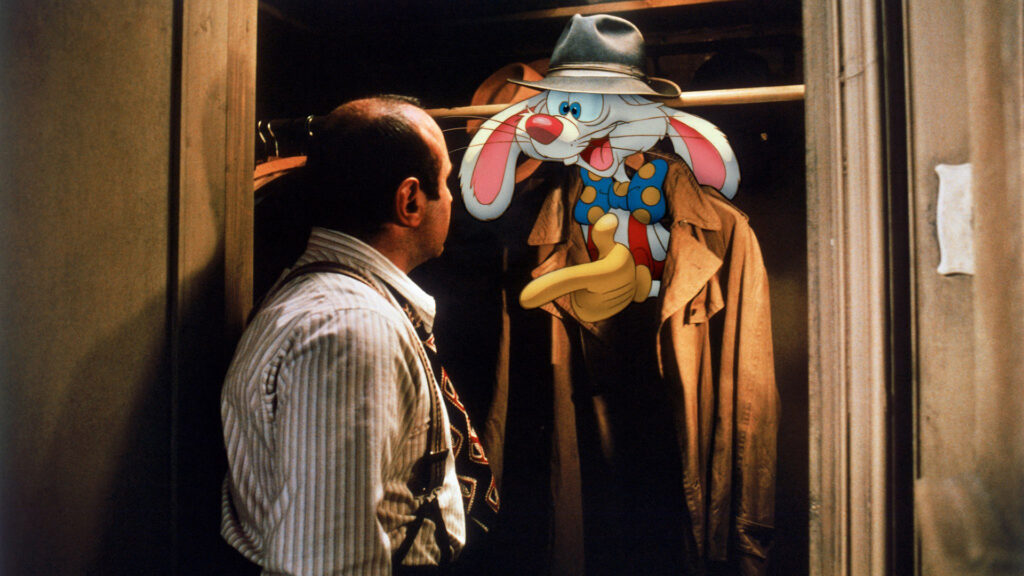
Harry revisits the renowned director’s films to find out why the quality varies so much from the eighties to the noughties
There are few filmmakers who can claim to have created as many classic movies as Robert Zemeckis. Between 1978 and 2000 Zemeckis directed 12 films, which received a total of 30 Oscar nominations, earning 11 awards. They included classics like Back to the Future, Who Framed Roger Rabbit, and Forrest Gump However, none of Zemeckis’ films released post-2000 can hold a light to the movies he made in the 80s and 90s when he was truly at the top of his game. With his strange set of CGI films in the mid to late noughties and since a shaky return to live action cinema, will we ever see Zemeckis create another true, timeless classic?
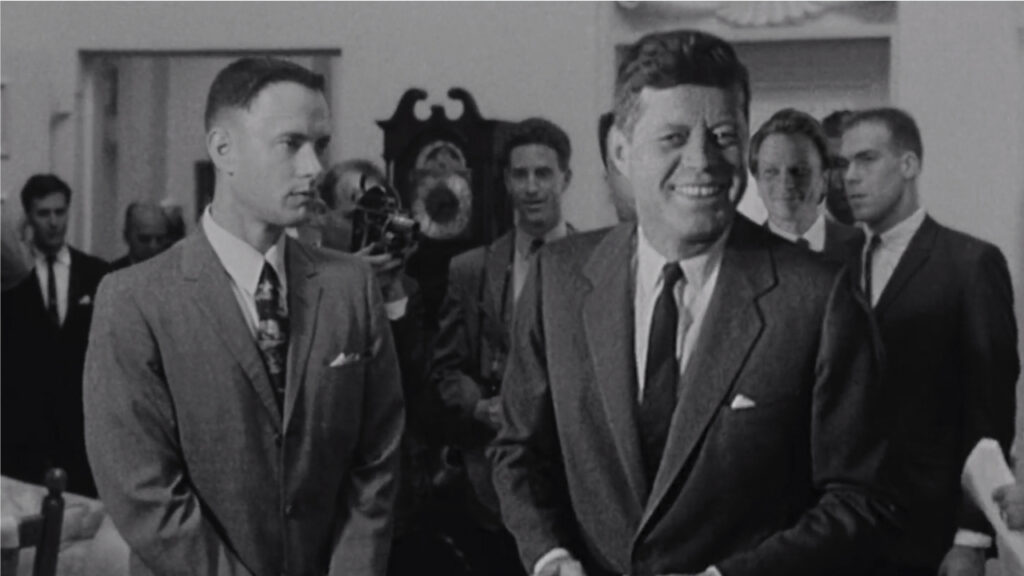
1978-1994: The Best of Zemeckis
The New York Times referred to Robert Zemeckis as the ‘Master of Illusion’, and it’s not hard to see why. In his debut film I Wanna Hold Your Hand (1978), about a group of teenagers who want to see The Beatles’ 1964 performance on The Ed Sullivan Show, Zemeckis uses both footage from the original show as well as recreating some scenes with body doubles for the wide shots. Zemeckis’ use of practical filmmaking techniques in this scene – achieving something which now would simply be recreated digitally – shows his desire to push the boundaries of what is possible with film, so it is unsurprising that Zemeckis’ later films would make the most of the technology that was available to him, most notably CGI.
The development of CGI was a pivotal moment for Zemeckis as it to truly enabled him to act out his artistic vision and give audiences something special. A recurring feature in Zemeckis films is a single, long tracking shot. The opening title sequence of Back to the Future (1985) opens like this. These would become even more advanced with help of CGI – recall the opening feather scene in Forrest Gump (1994) or ‘Hero Girl’s’ lost ticket in The Polar Express (2004). In I Wanna Hold Your Hand, Zemeckis used practical filmmaking techniques to create the impression that his characters were at a real life event, but CGI allowed him to insert, for example, Forrest Gump into archive footage to make it look like he was rubbing shoulders with people such as JFK. With this new technology Zemeckis knew he could put anything he could think of onto the big screen. He decided to jump headfirst in CGI-animated films… to mixed results.
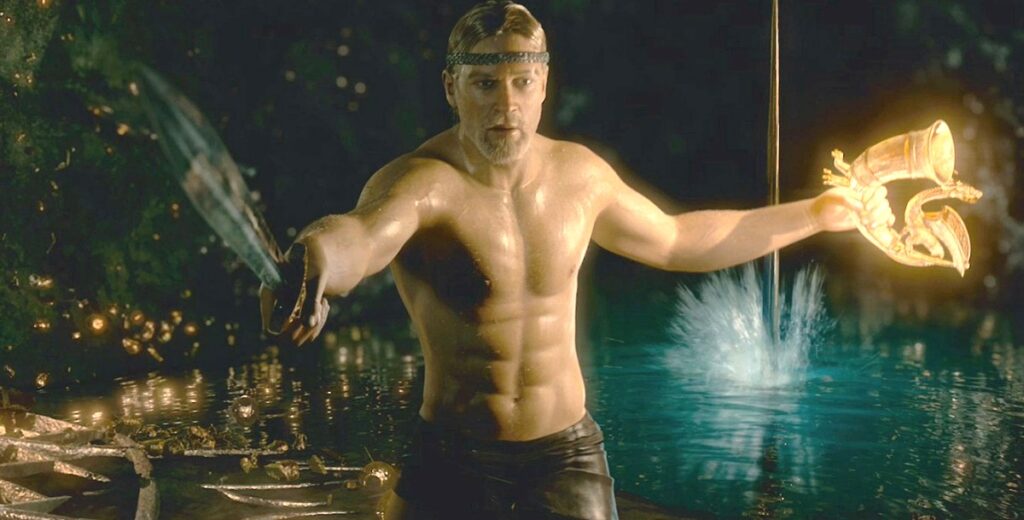
2004-2009: The Worst of Zemeckis
Even before I started watching all of Zemeckis’ films these were the ones I was least looking forward to watching: The Polar Express (2004), Beowulf (2007), and A Christmas Carol (2009) – and not only because it meant I had to watch two Christmas films during the summer. Perhaps it is unfair to criticise the poor-looking CGI of these films considering they were quite impressive at the time of their release, especially A Christmas Carol, but attempting a photorealistic style was never going to age well. This is why Toy Story (1995), which adopted a more cartoon-like style, looks much better than The Polar Express despite coming out nine years earlier. Zemeckis’ classic film Who Framed Roger Rabbit? (1988) still looks incredible to this day as it features hand-drawn animated characters inhabiting the real world.
In fairness, Beowulf was surprisingly enjoyable and a nice break between two Christmassy CGI nightmares. The film’s script, written by Neil Gaiman, does a lot of the film’s heavy lifting when it is at its most trying, although the film is visually much better than The Polar Express. It features instances of bloody violence, including a man having his arm ripped off, and recurring partial nudity, pushing what can be shown in a 12A rated film – although it was passed by the BBFC without receiving any cuts. In its 2007 annual report the BBFC said that Beowulf received the most complaints of any film that year, but they defended their decision citing the film’s fantasy setting and a lack of human-to-human violence.
Given the financial losses involved in making Beowulf it’s clear that making this film was a bad idea, but the choice to make a big budget CGI film for adults is one that should be praised as it is a bold attempt to show what CGI can do. At least it stands out from other animated films which are becoming increasingly homogenised.
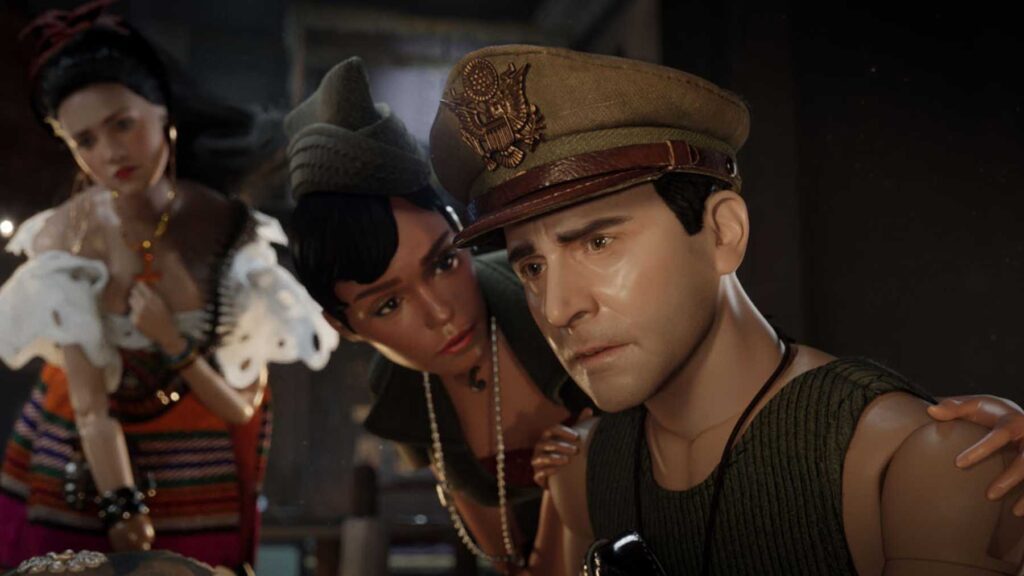
2012-2018: Back to Live Action
After five years dabbling in CGI, Zemeckis finally returned to live action cinema where he is clearly much more comfortable. These films aren’t anything to write home about, but the plane crash scene in Flight (2012) is probably the best bit of filmmaking that he has produced since the mid-nineties, and The Walk (2015) only truly hits it stride once the eponymous walk begins. Allied (2016) simply isn’t worth your time – a clunky script, not written by Zemeckis in fairness, makes this film feel a lot longer than the two hour run time suggests, much like Welcome to Marwen (2018) which adapts the documentary Marwencol (2010) and turns the quiet story of a man who creates a fictional town to aid his recovery from a traumatic incident into an action film with a misguided view of PTSD and trauma.
An Uncertain Future
Despite not being able to repeat the success of his earlier films, Zemeckis continues to receive high profile work. His next film, The Witches, based on the Roald Dahl novel, is due to be released next year, and he will direct a live-action remake of Pinocchio. Whether these remakes will be able to recapture the magic of those which came before them remains to be seen but maybe, just maybe, we will once again see Zemeckis direct a film which can stand shoulder to shoulder with the successes from the 80s and 90s.
What do you make of Zemeckis’ films? Let us know in the comments.

